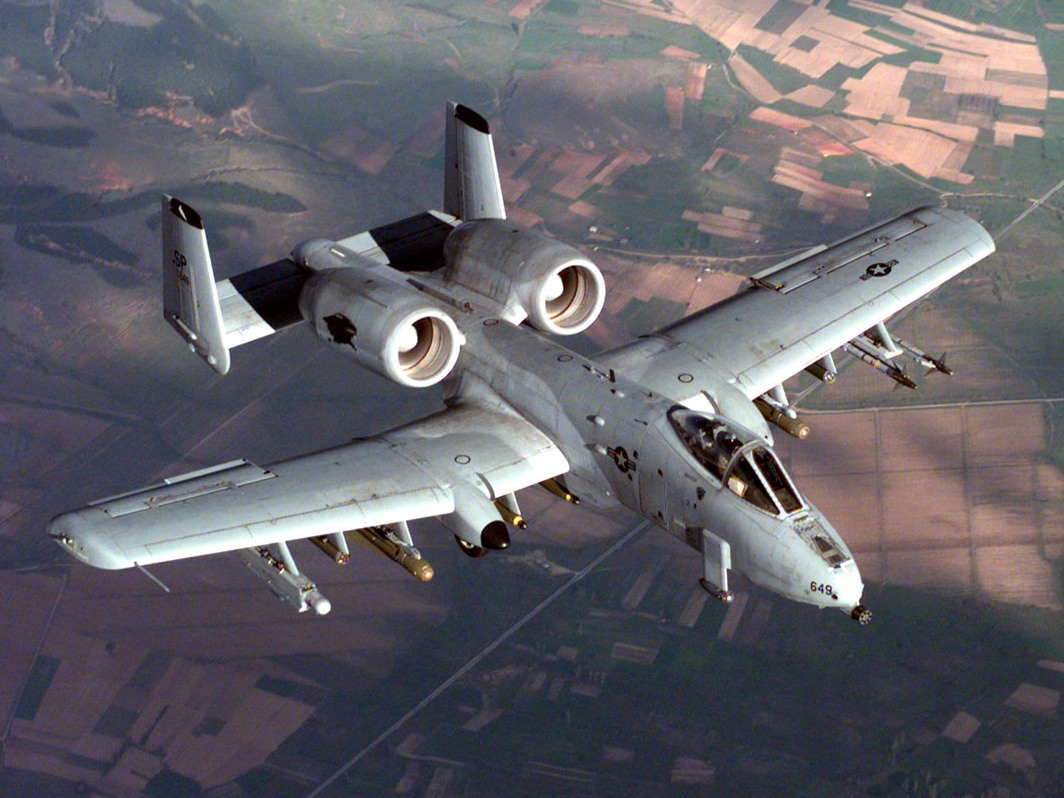Sometime ago I posted an article about the use of depleted uranium in munitions that were used in Iraq during U.S. military action there. I was immediately attacked by a troll who claimed that there was no evidence that the depleted uranium dust left behind was any threat to human health. We traded a few posts and he said derogatory things about the general accuracy of my blog. I invited him to point out any discrepancies that he found outside of our debate on depleted uranium and said that I would be glad to change anything that he could document as being false. Never heard back from him about that. When I researched him online, I found that he had connections to the U.S. Army and that he was famous for attacking anyone who dared to suggest that depleted uranium was dangerous. Defense contractors are making money from incorporating depleted uranium in munitions not to mention getting rid of low level radioactive waste. The Army has found that depleted uranium munitions are especially effective for some uses on the battlefield. There is definitely institutional resistance to public challenges on the subject of the dangers of depleted uranium dust that can be found in many places now in Iraq.
This blog is a "Here we go again!" about depleted uranium munitions. It has been recently announced that the U.S. is sending depleted uranium munitions to the Middle East. An airplane called the A-10 Thunderbolt has 30mm Gatling guns which can be loaded with 30mm PGU-14B ammo that contains depleted uranium. This ammo is especially useful against armored vehicles such as tanks. These planes have been sent to the Middle East but have not yet been involved in attacks against Islamic State positions but they could easily be assigned such missions.
In 2012, one hundred and fifty five United Nations members supported a resolution to ban the use of depleted uranium in munitions. Only the United States, the United Kingdom, France and Israel opposed the resolution. The United Nations First Committee is now hearing testimony from several countries including Iraq with regard to banning depleted uranium use and studying and removing depleted uranium dust from contaminated areas. A non-binding resolution will be voted on by the Committee this week requesting that nations that have used depleted uranium in munitions provide information about exactly where they were used. So far the U.S. has refused to release this information.
The U.S. military says that it is trying to find alternatives to depleted uranium that would have the same power to penetrate armor, would be safe and would have public acceptance. They have been looking at tungsten but are concerned about possible dangers to public health.
Congressman Jim McDermott (D-WA) has pointed out that there has been an increase in childhood leukemia and birth defects in Iraq since the Gulf War and the 2003 invasion of Iraq by the U.S. He also raised the concern that depleted uranium has negatively impacted the health of soldiers who have served in Iraq. McDermott questions the further use of depleted uranium munitions until the U.S. government conducts thorough research into the health effects of depleted uranium dust.
Depleted uranium is classed as a Group 1 Carcinogen by the World Health Organization and there is extensive documentation of health damaged caused by depleted uranium dust. The depleted uranium dust left after depleted uranium munitions are exploded is blown around by the wind, entering the soil and the water in the area. Contaminated pieces of scrap metal are used by people for cooking pots or toys for children.
The U.S. military should immediately ban the use of depleted uranium in any munitions, research the effects of depleted uranium on human health and work to clean contaminated areas in Iraq.
A-10 Thunderbolt:
